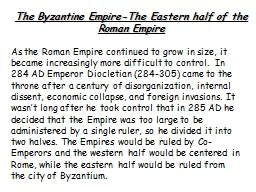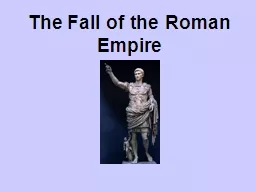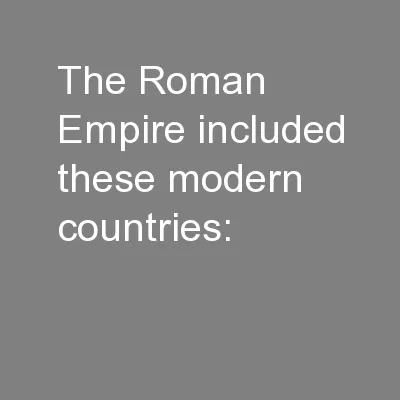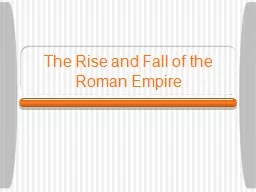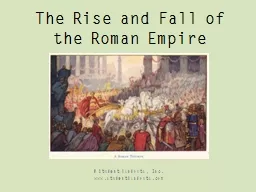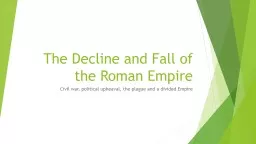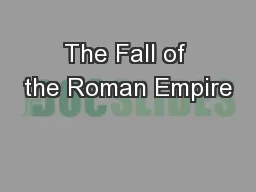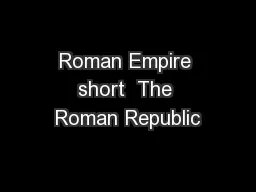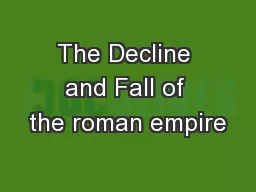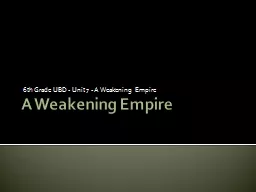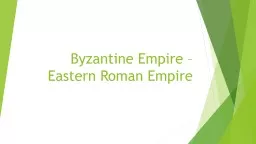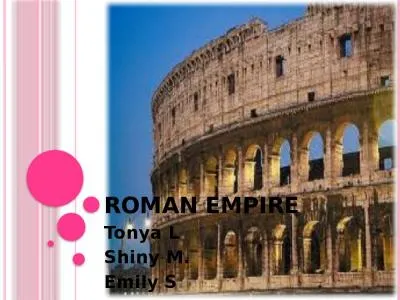PPT-As the Roman Empire continued to grow in size, it became in
Author : briana-ranney | Published Date : 2016-05-06
The Byzantine EmpireThe Eastern half of the Roman Empire The dividing line was chosen because most territories to the west of the line spoke Latin and followed
Presentation Embed Code
Download Presentation
Download Presentation The PPT/PDF document "As the Roman Empire continued to grow in..." is the property of its rightful owner. Permission is granted to download and print the materials on this website for personal, non-commercial use only, and to display it on your personal computer provided you do not modify the materials and that you retain all copyright notices contained in the materials. By downloading content from our website, you accept the terms of this agreement.
As the Roman Empire continued to grow in size, it became in: Transcript
Download Rules Of Document
"As the Roman Empire continued to grow in size, it became in"The content belongs to its owner. You may download and print it for personal use, without modification, and keep all copyright notices. By downloading, you agree to these terms.
Related Documents

